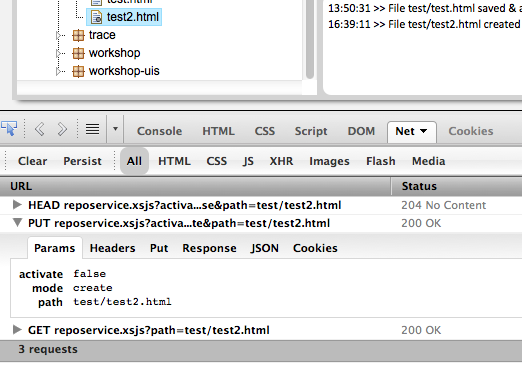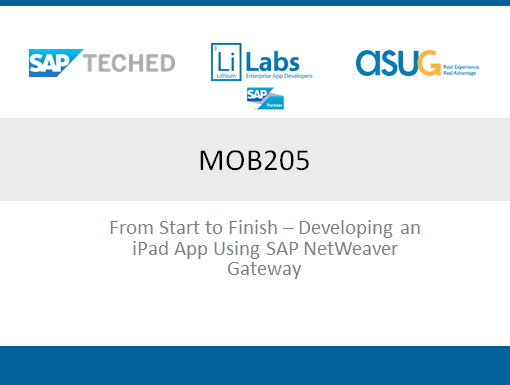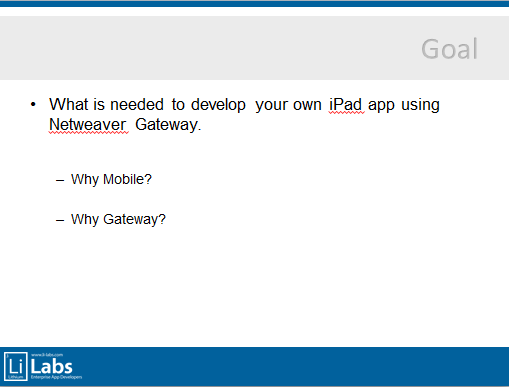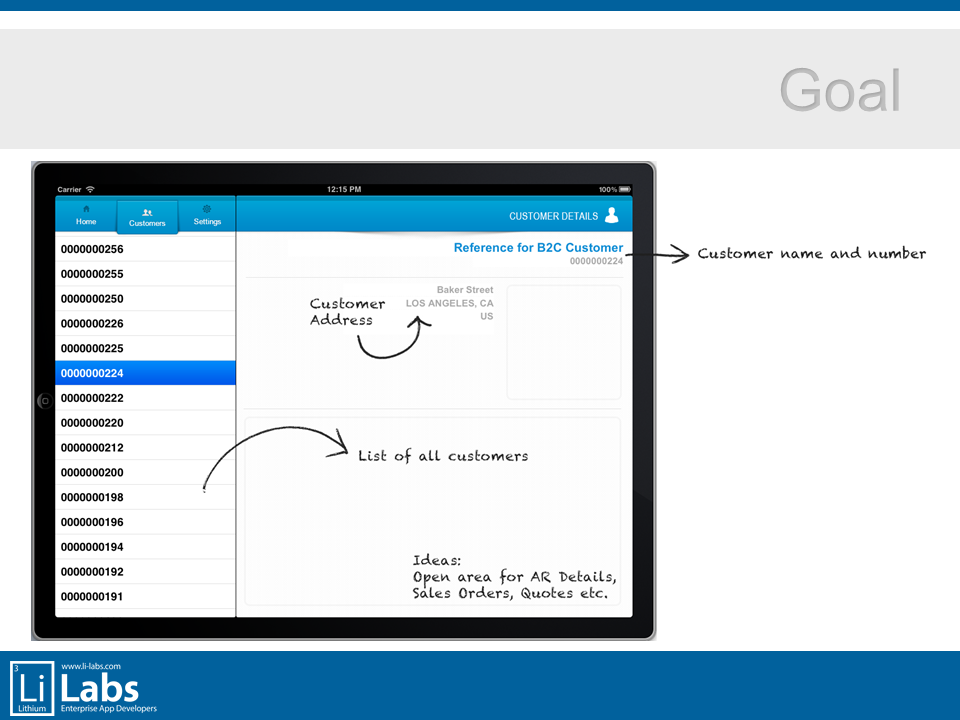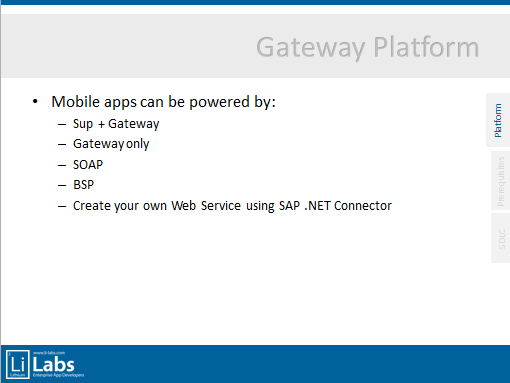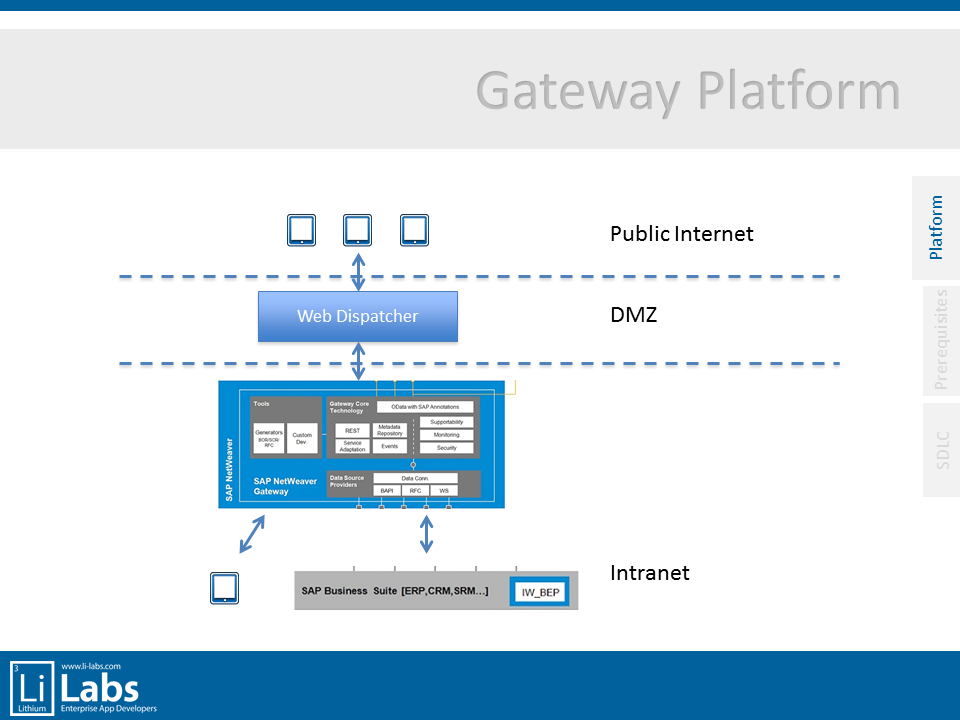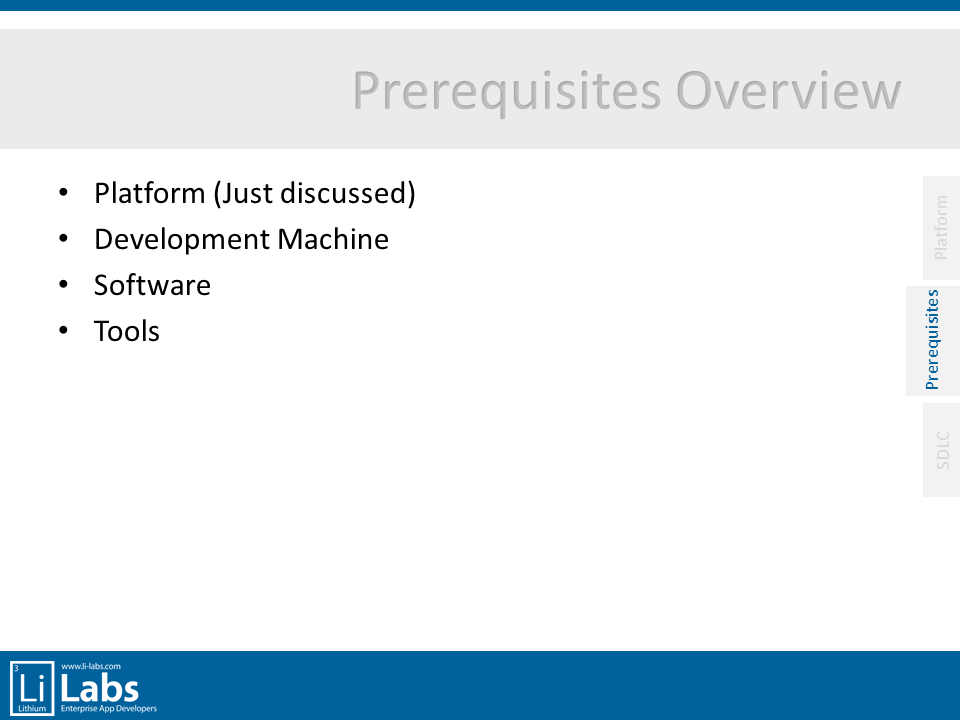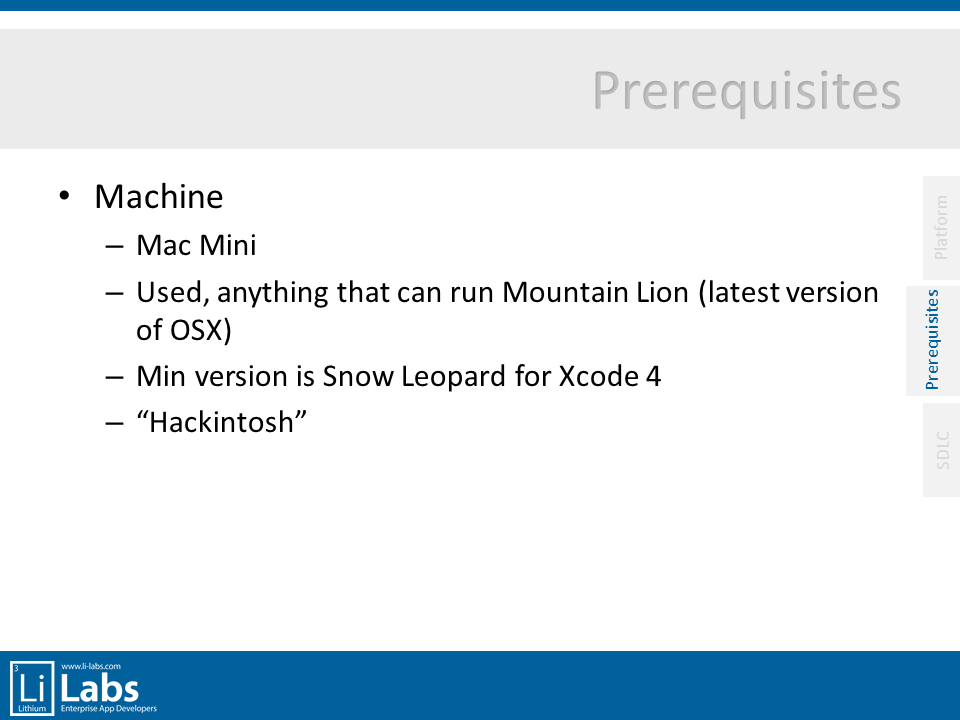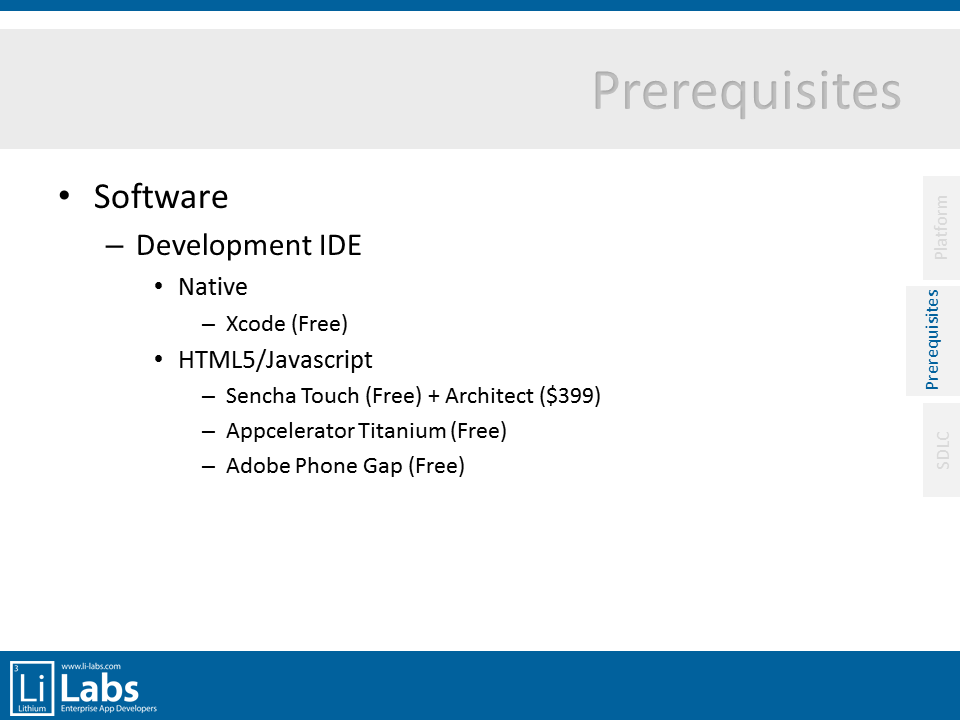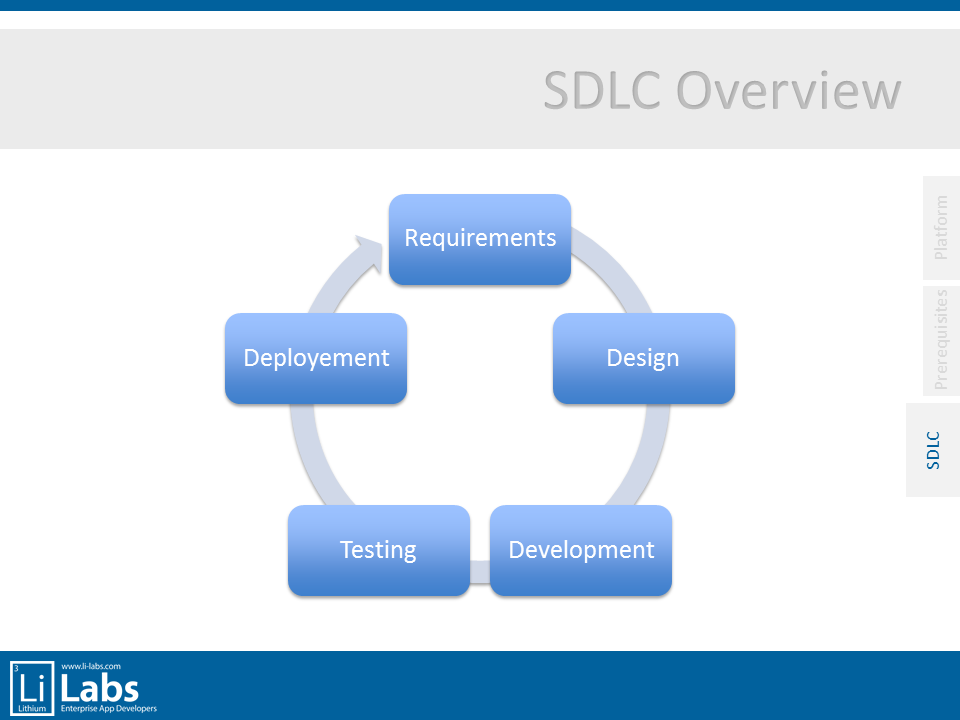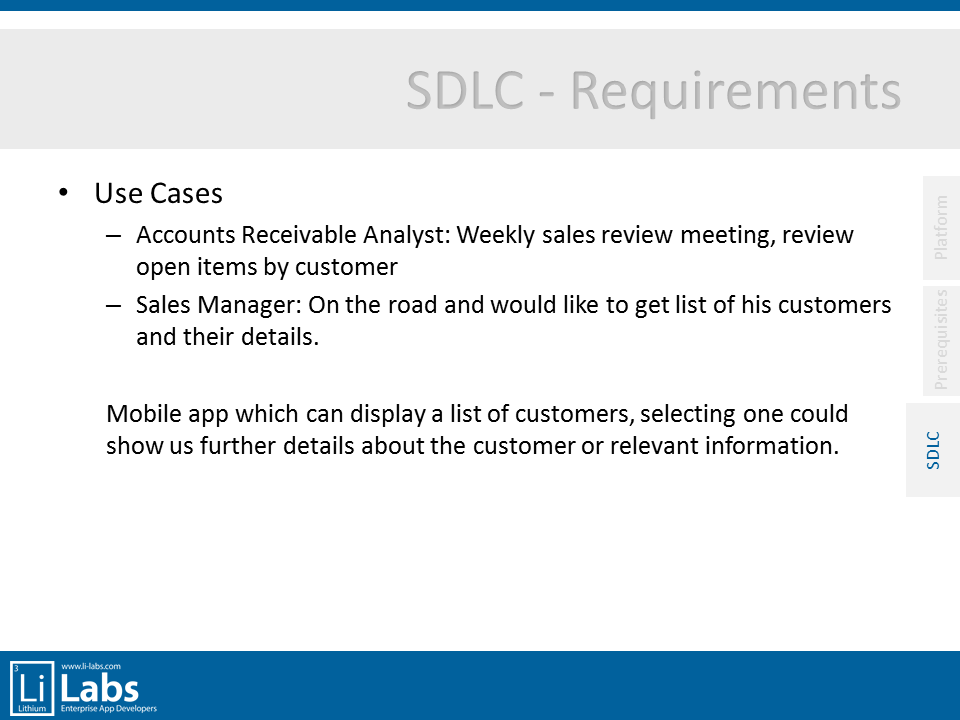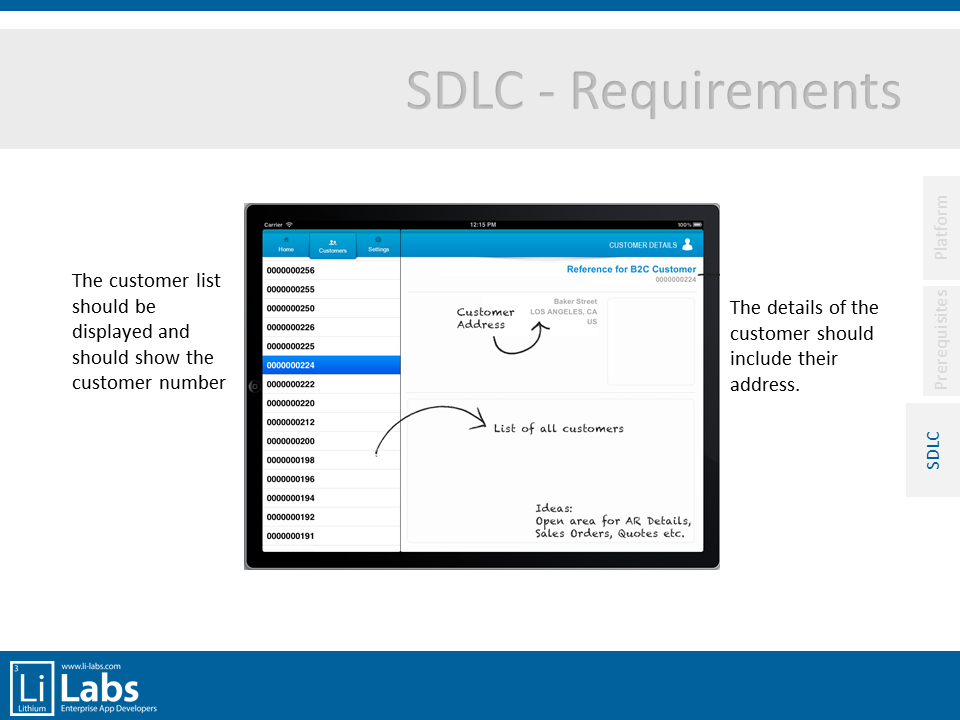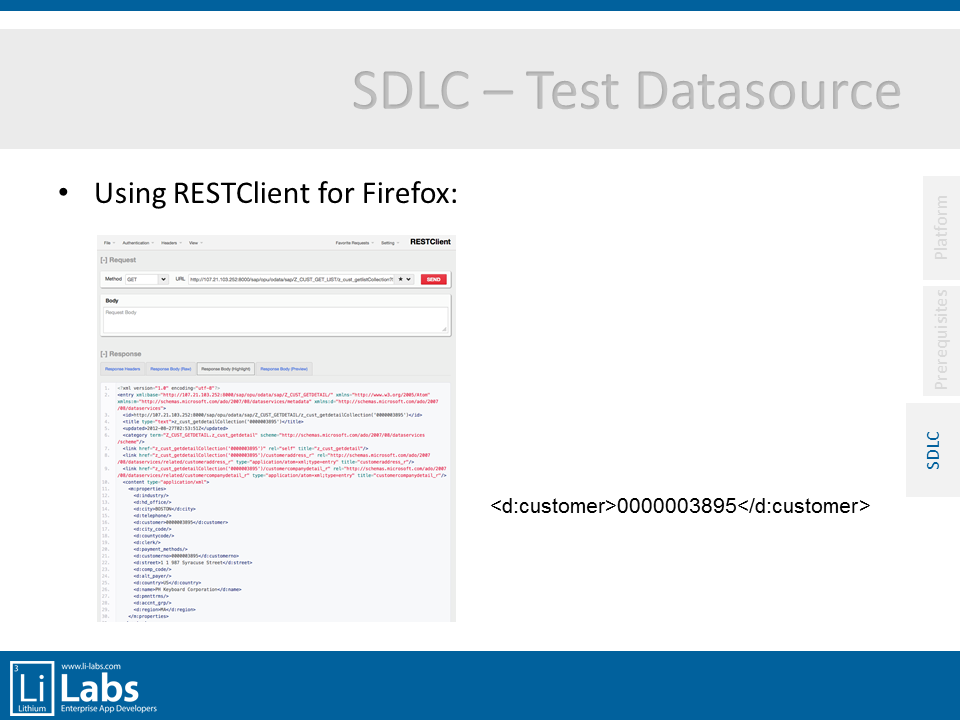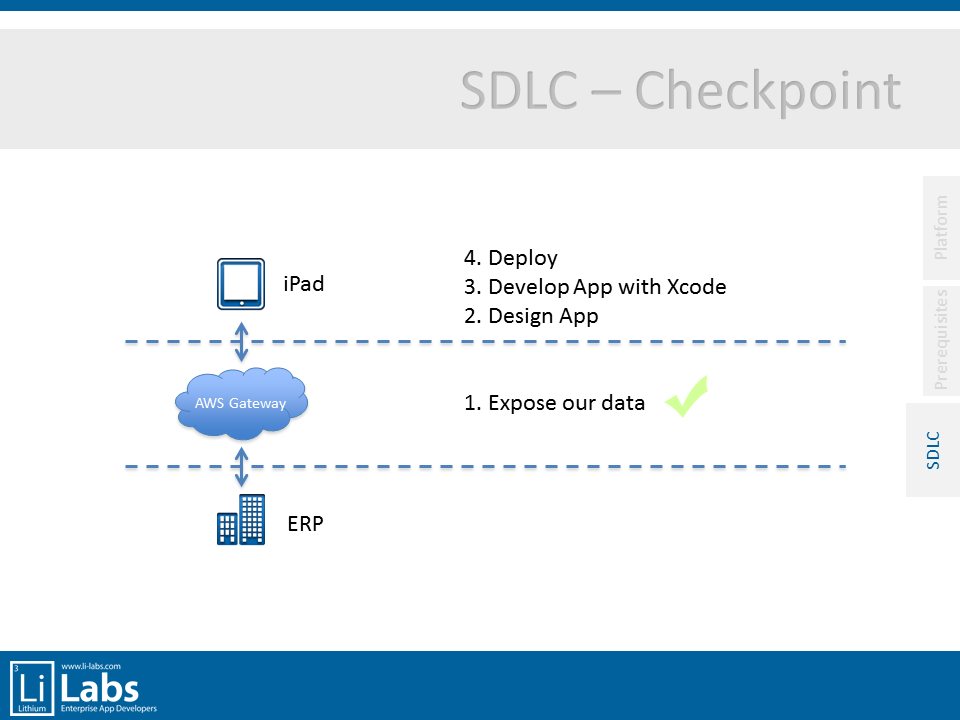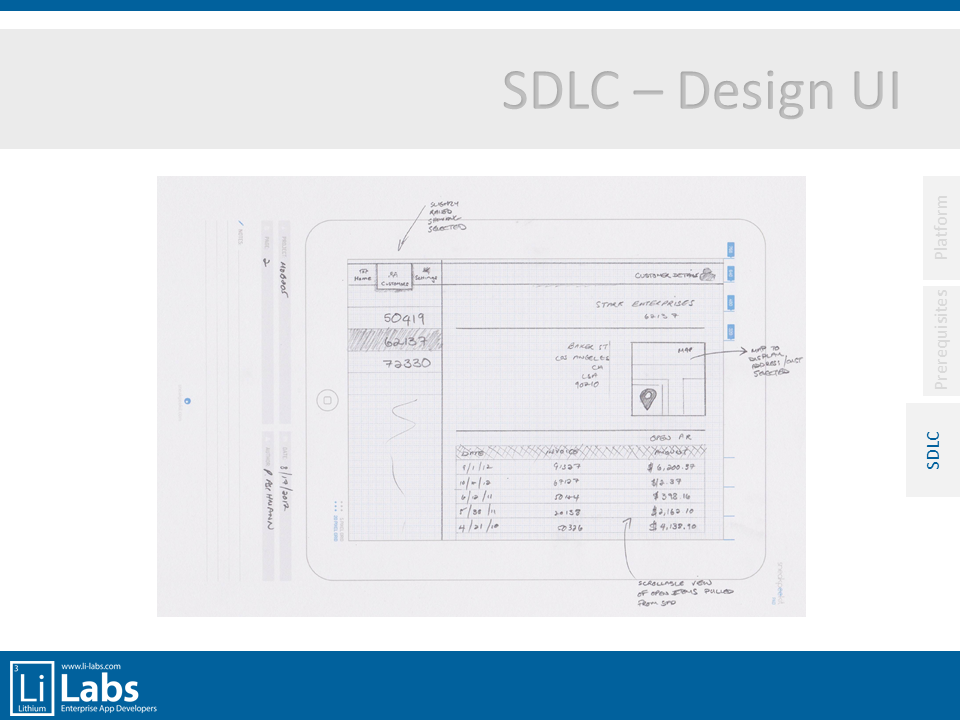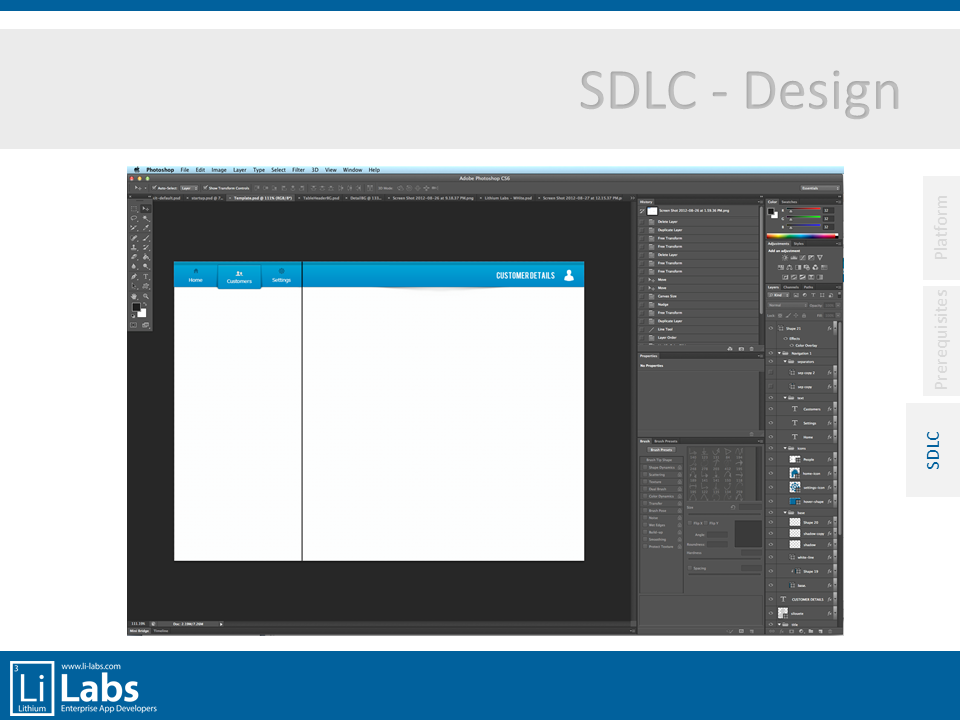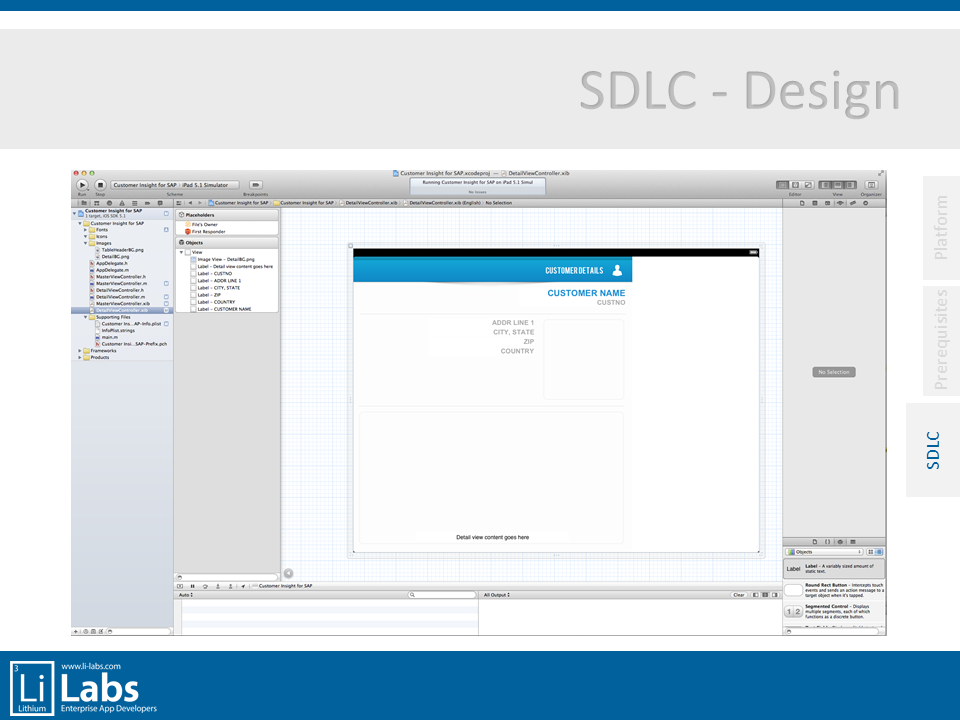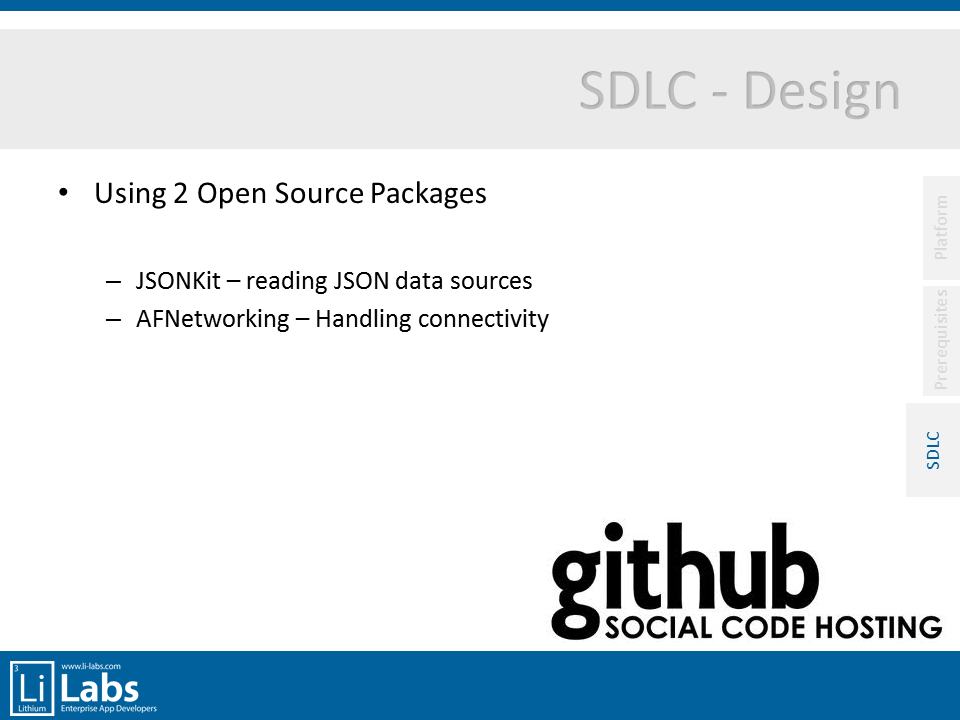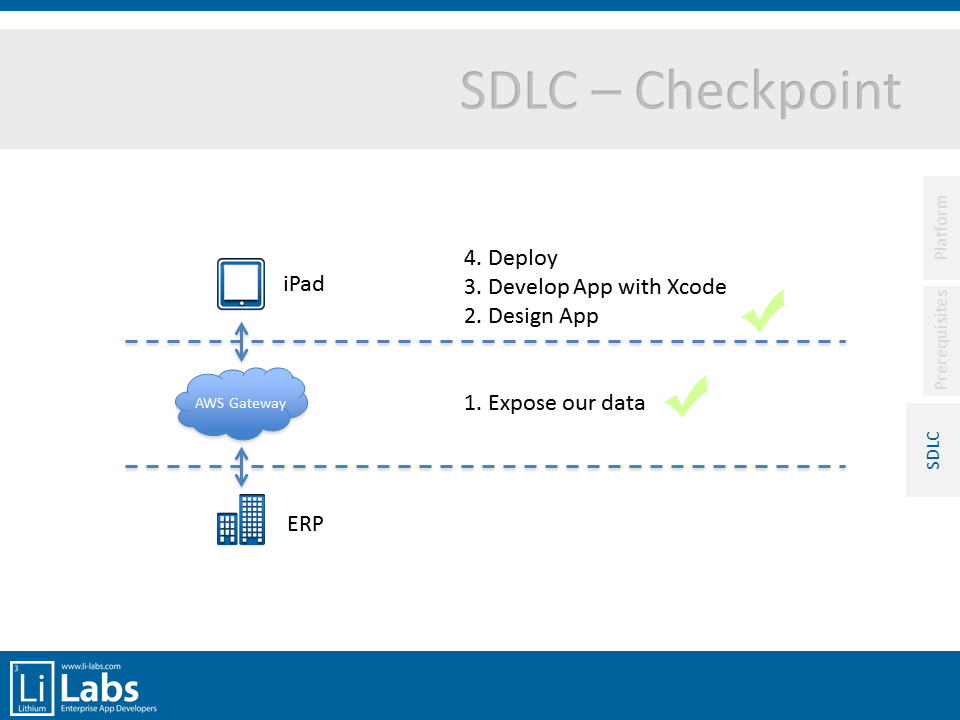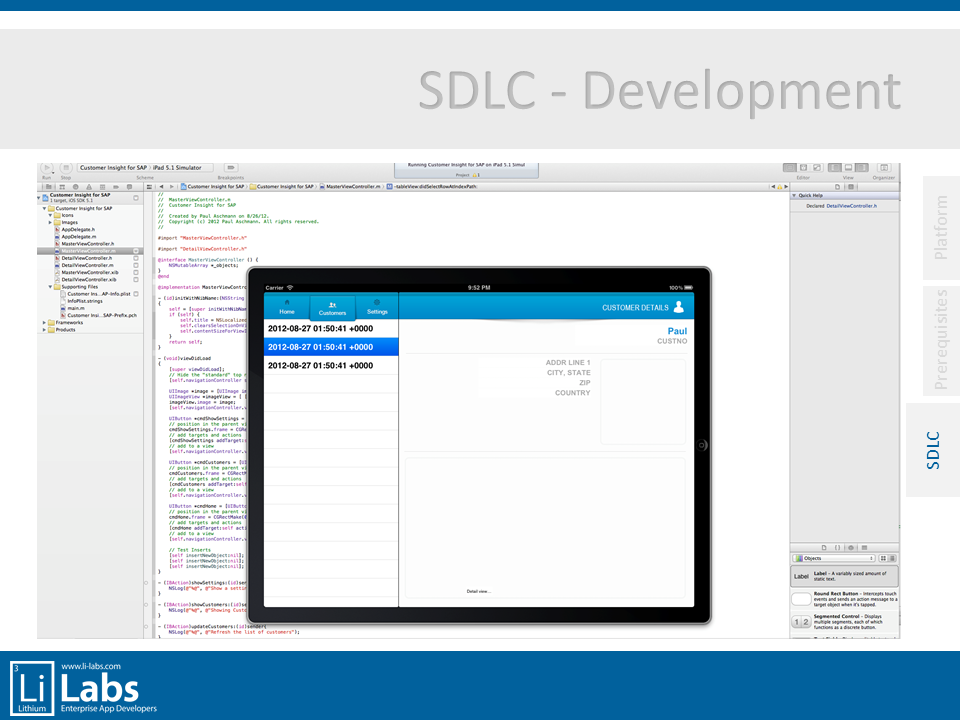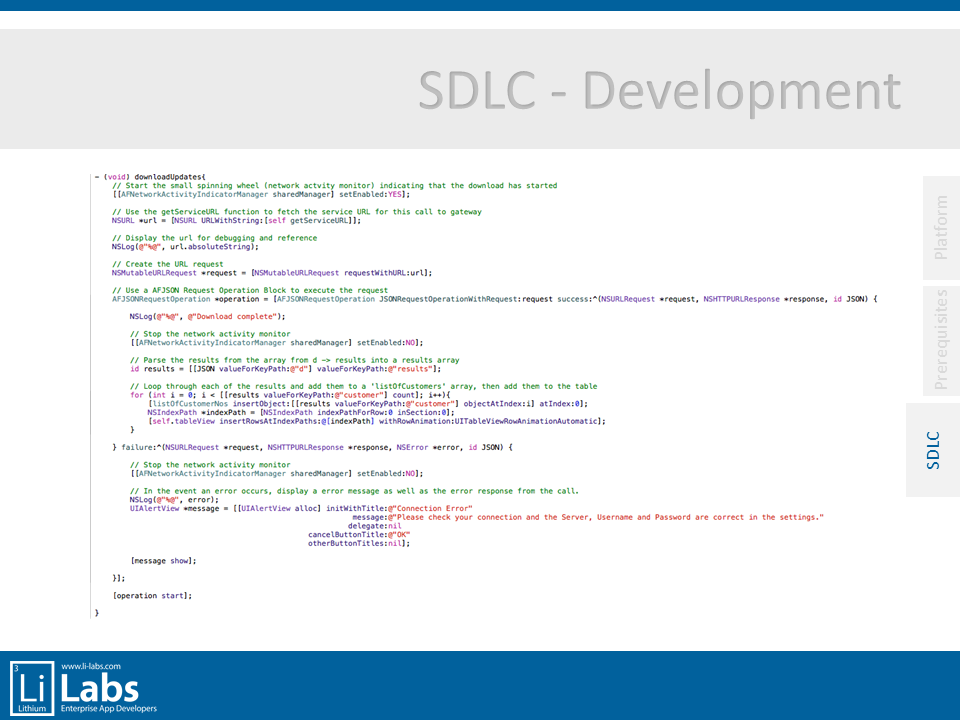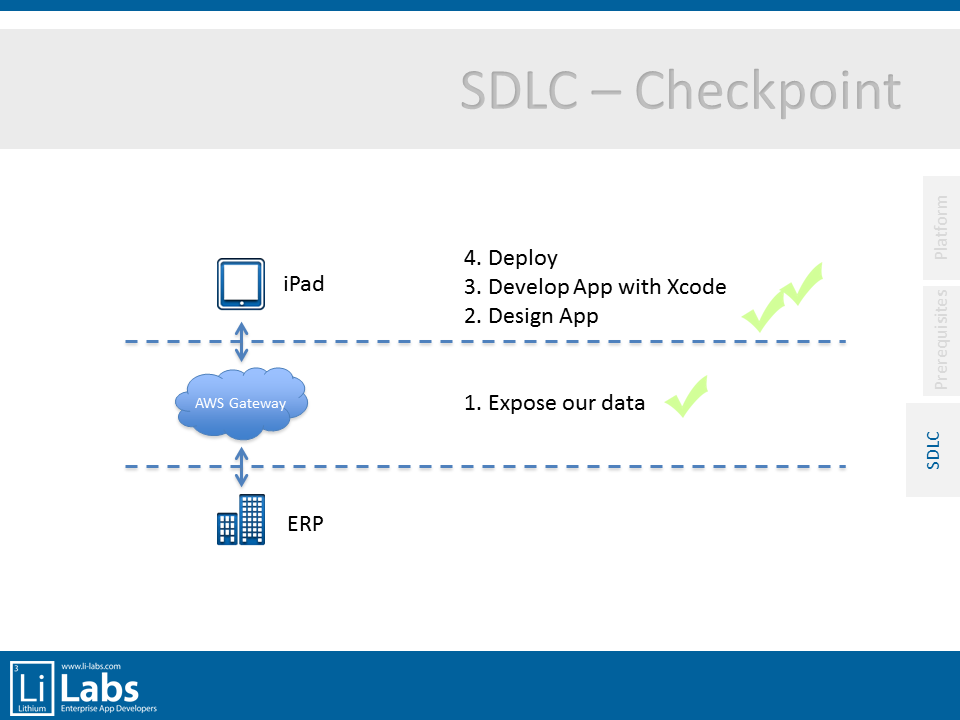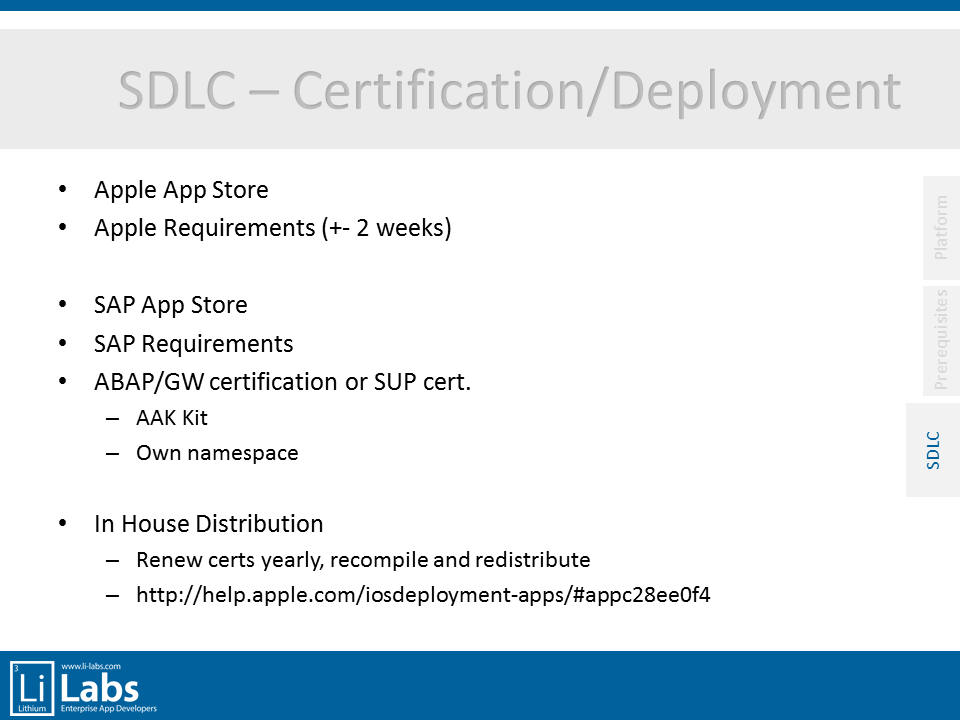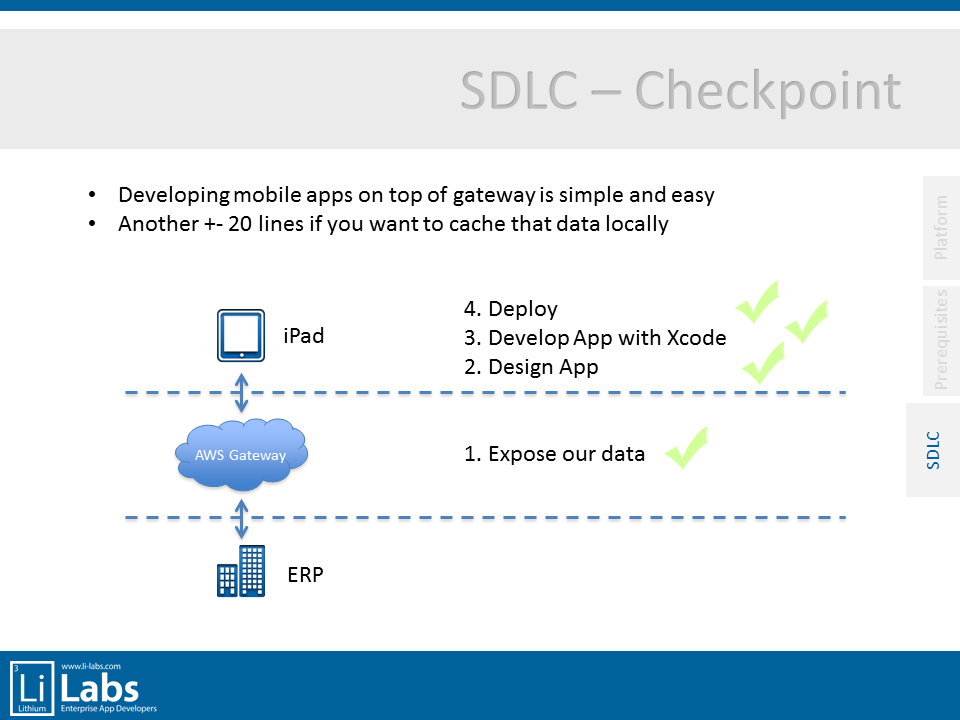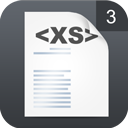
On saturday I published a blog about a small app I wrote called xSync – basically a XS Engine app for Mac developers where you can sync a local development folder with your HANA repository. This is for rapid development and to encourage the “bring your own IDE” approach to application development on HANA. Here is a look behind the scenes on how the app works and some of the challenges of the project.

As mentioned in my previous blog – I started using the IDE Lightweight editor after doing the upgrade of my AWS HANA box last weekend. I enjoyed the experience but after working with it for nearly a full day was wanting a little more. Syntax highlighting, easy commenting, easy indentation, CSS autocomplete and hints, etc. etc. so I started doing some peaking around the editor itself and came to find the editor is something called ACE, a pretty nice little open source IDE (written in JS). This got me thinking … maybe I could insert text directly into the Lightweight IDE browser text box, and submit the form as a save …. hmmm …. not a terrible idea …. just need to scrape the page, find the elements and submit the form via some injected JS. Pretty simple … I did some digging and found the HTML objects I needed by using Firebug when a lightbulb went off … instead of populating the form via a HTML page, why not rather check the HTTP methods it is calling when doing the actual save, since there must be some integration with HANA directly … which is when I came across the mother load … a small file called reposervice.xsjs 🙂 It seemed that every time I was saving or modifying my objects through the IDE, it was calling this file. After checking out the parameters it was `, it was very clear that the methods and text were easy to simulate. I fired up REST Client and within a couple minutes the concept was POC’ed. Pass your file contents as your body with a path param and a POST and you were off to the races 🙂
Using Firefox Rest Client to monitor system calls showed each save, create, delete operation was using a small file called reposervice.xsjs, which references the libraries needed for the repository modifications.
